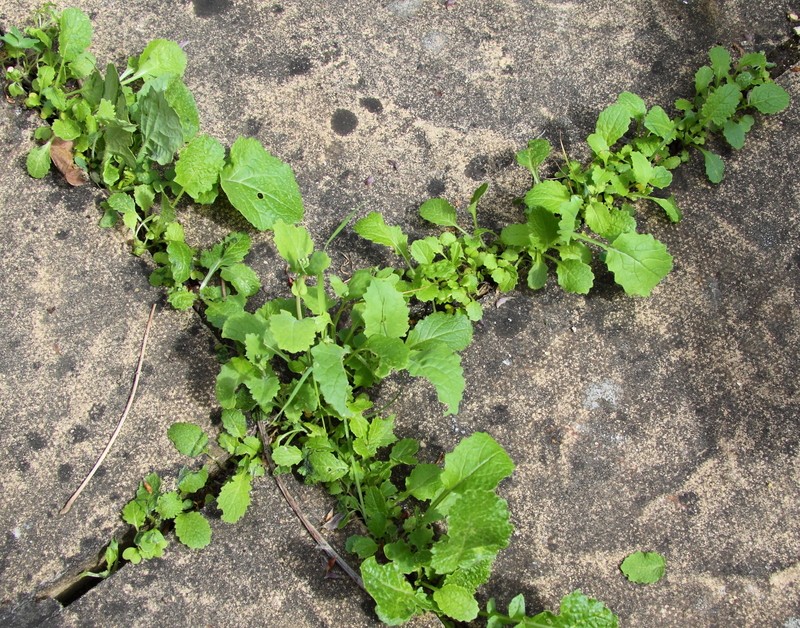Foods like carrots, potatoes, and cucumbers may make up a good portion of your garden, but did you know that there is so much more you could be growing? In the times when people got all of their produce through foraging and gardening, they tended to have a lot more variety. Looking for some excellent, but forgotten, choices for your homestead diet? Try some of the plants below.
Egyptian Onions
Also known as walking onions, these above-ground plants are perennial and the little onions grow just like flowers would on a regular shrub. The reason that they’re called walking onions are because the bulbs fall off and start a new plant the next spring.
These onions taste stronger than regular onions but the entire plant is edible. The leaves are good to chop up and use as you would scallions, and the little onions are great for soups, stews, or pickling.
Borage
Borage has thick, prickly, fuzzy, leaves and pretty purplish star-shaped flowers. Both the leaves and flowers are not only edible, they’re delicious and great for you. The young leaves and flowers have a light, cucumbery flavor that makes them good in salads. Older leaves can be cooked just like other leafy greens and the flowers can be candied, added to salads, and used to make syrup.
It’s easy to grow and creates many seeds in the fall that you can dry for use the next season. It also has several purported health benefits, attracts bees, and repels the tomato hornworm, so it’s a good companion plant for your tomatoes.
Mugwort
The leaves are edible, with a slightly bitter flavor. They can be used in salads or cooked in soups and is also used to make tea and alcoholic beverages. They’re frequently dried and used as a meat and fish seasoning. You can eat the flowers, too.
Now, for some survivor and homesteading uses: the furry underside can be scraped off and used as tinder, the stalks are good for kindling and the dried leaves will keep a fire smoldering for a long time, and it’s also a natural insecticide.
Purslane
You know that succulent weed with pretty little yellow flowers that grows in your sidewalk cracks, or between bricks in your garden wall? Yup, that’s purslane. It’s been used for thousands of years in the Middle East as a food source and made its way to the US before Columbus did.
The leaves are packed with omega-3s along with vitamins found in other leafy greens and have a lemony flavor. It’s often used in place of spinach or arugula in salads but can be cooked, too. It’s good in soups and the seeds can be ground into flour.
Salsify
The root is cooked similarly to carrots; toss it in soups or roasts, cook them alone or mash them. The greens are the same as other greens; use them in salads, cook them down, or sauté them in butter. They taste similar to asparagus or chicory.
Nutritionally, they’re similar to other greens and are purported to help remove impurities from the blood. Salsify was a staple food for centuries and is now making a culinary comeback.
Who would have thought that the weeds that grow in sidewalk cracks are completely edible? It would also be great to try some Egyptian Onions because then you wouldn't have to replant them every year.
The excellent idea is to try and plant one new species each year to broaden your food horizon. This will also be great so that you can see in advance of the SHTF what foods work well in your garden and which ones don't.
This is some great information. If you want to read more about plants from the past, you can visit Survivopedia.

Jennifer M. Whitfield
If I had time to study these plants I would consider eating them, however, eat one poisonous plant and your a goner!